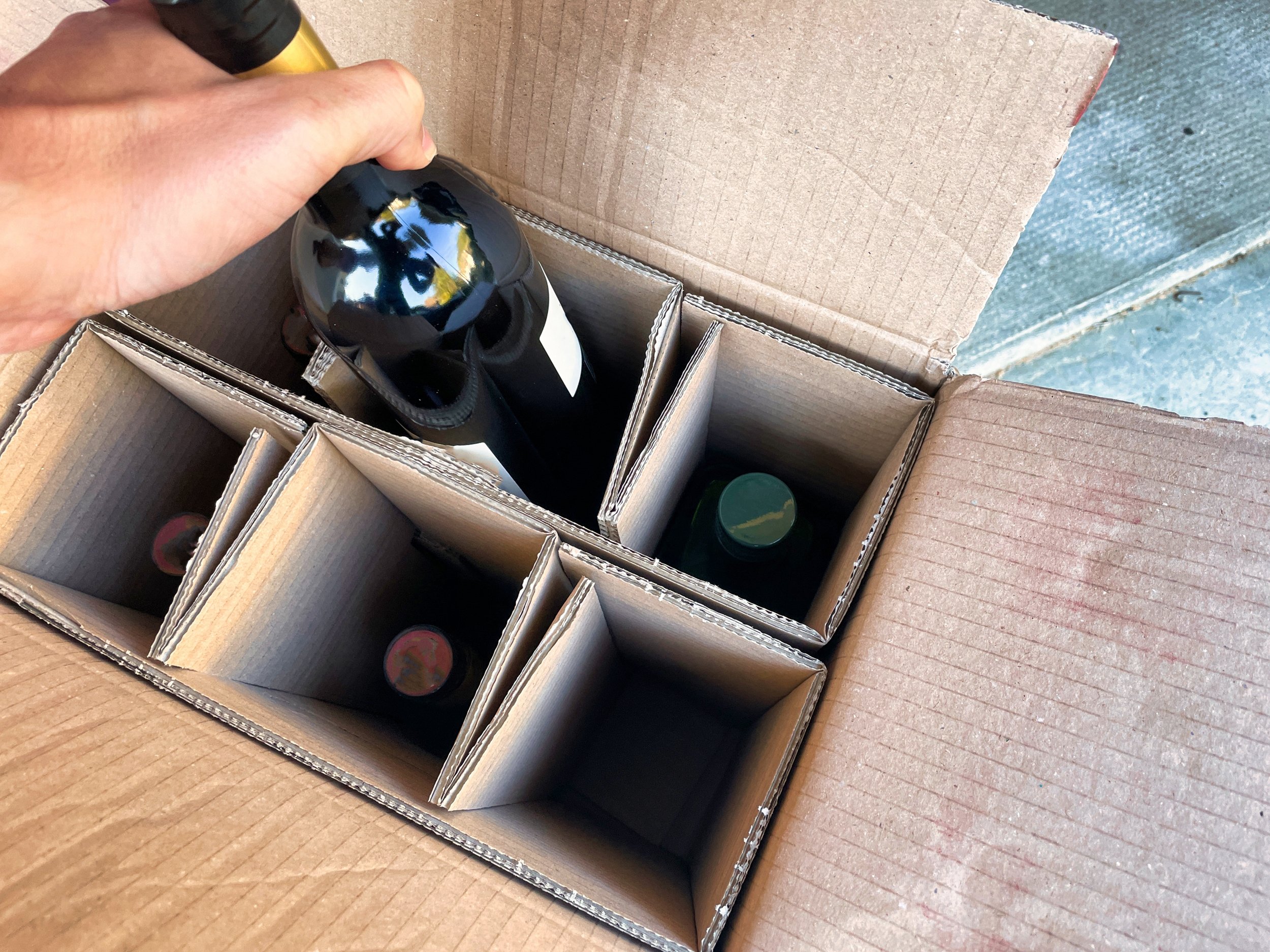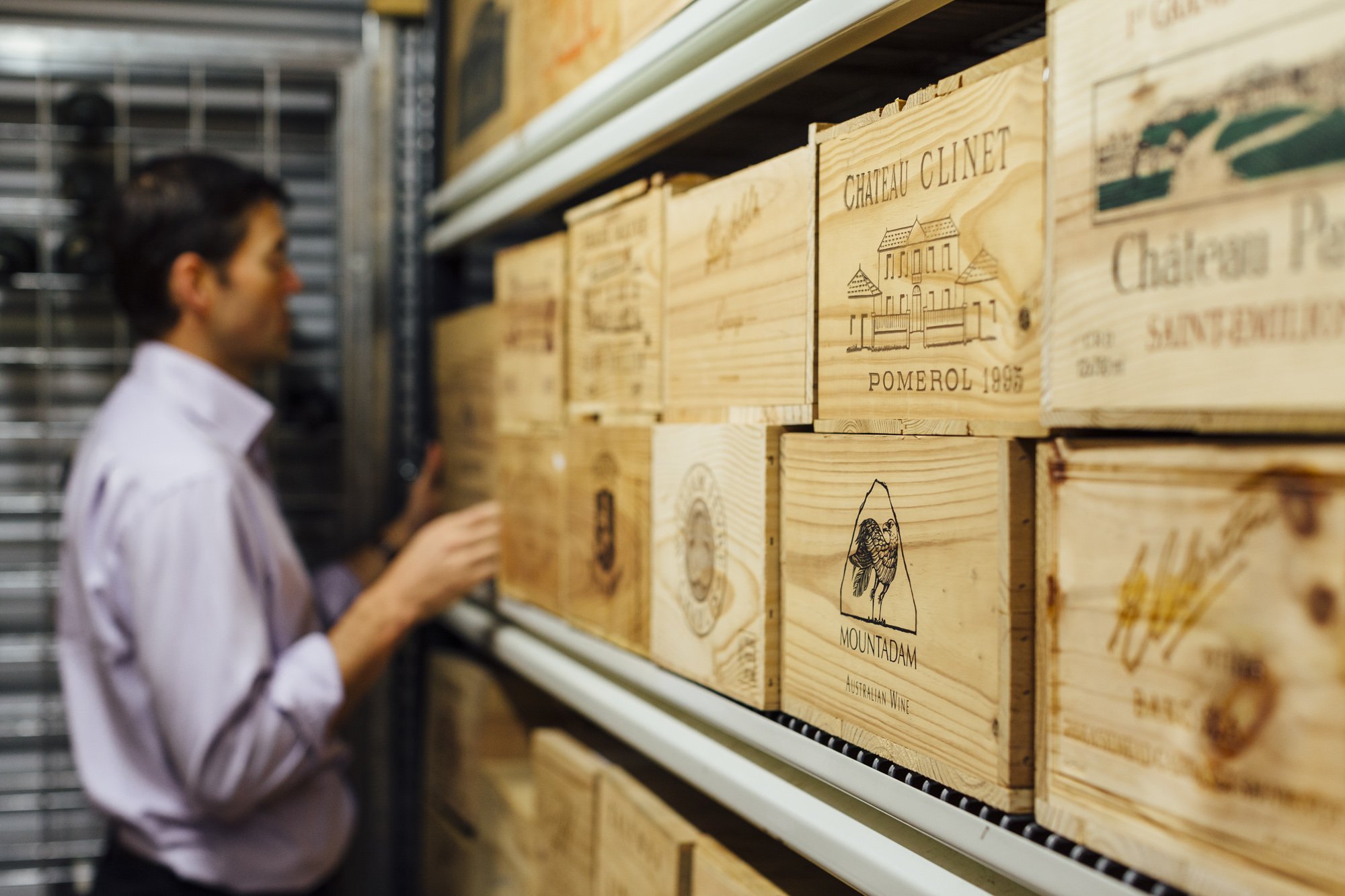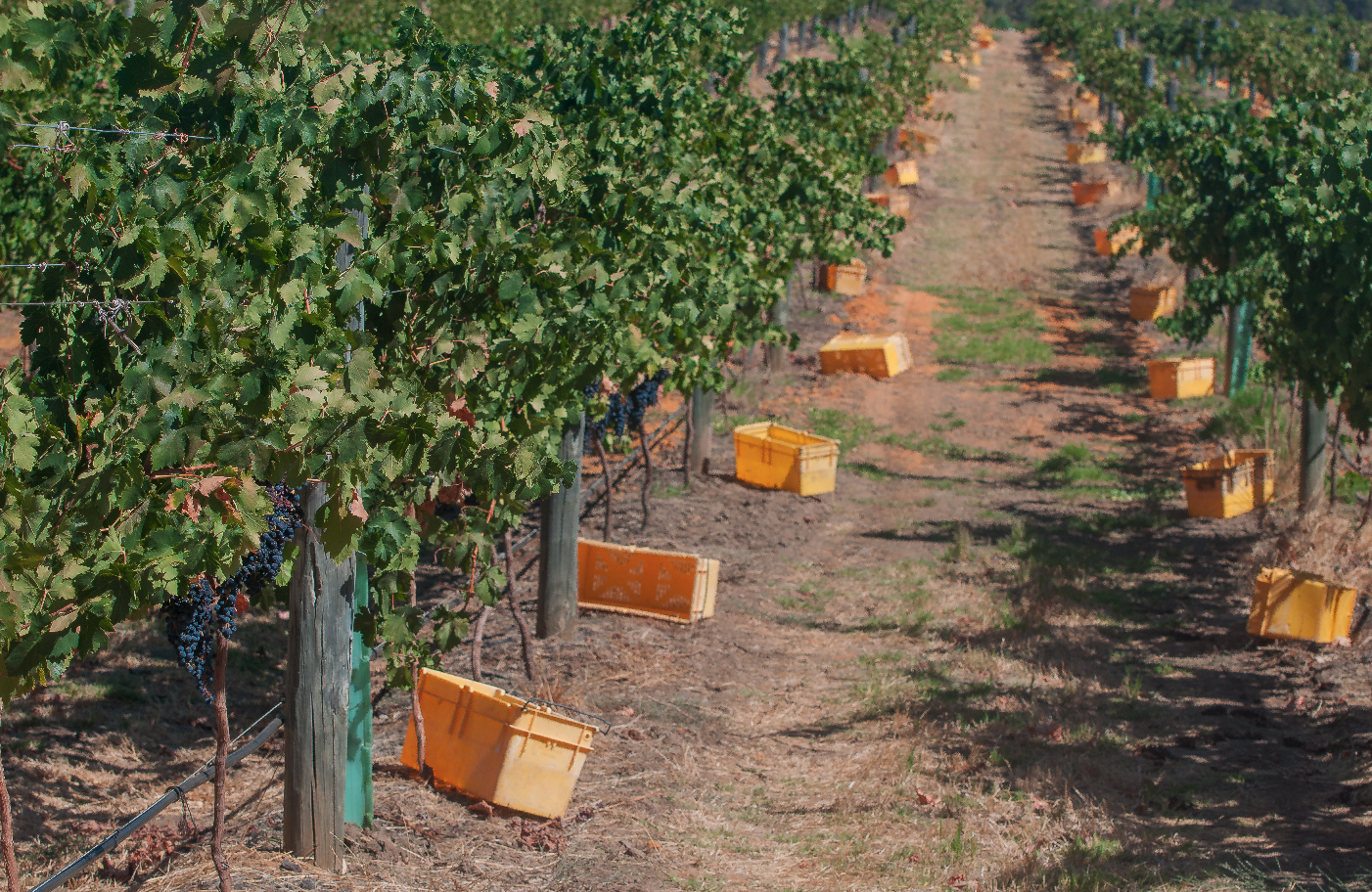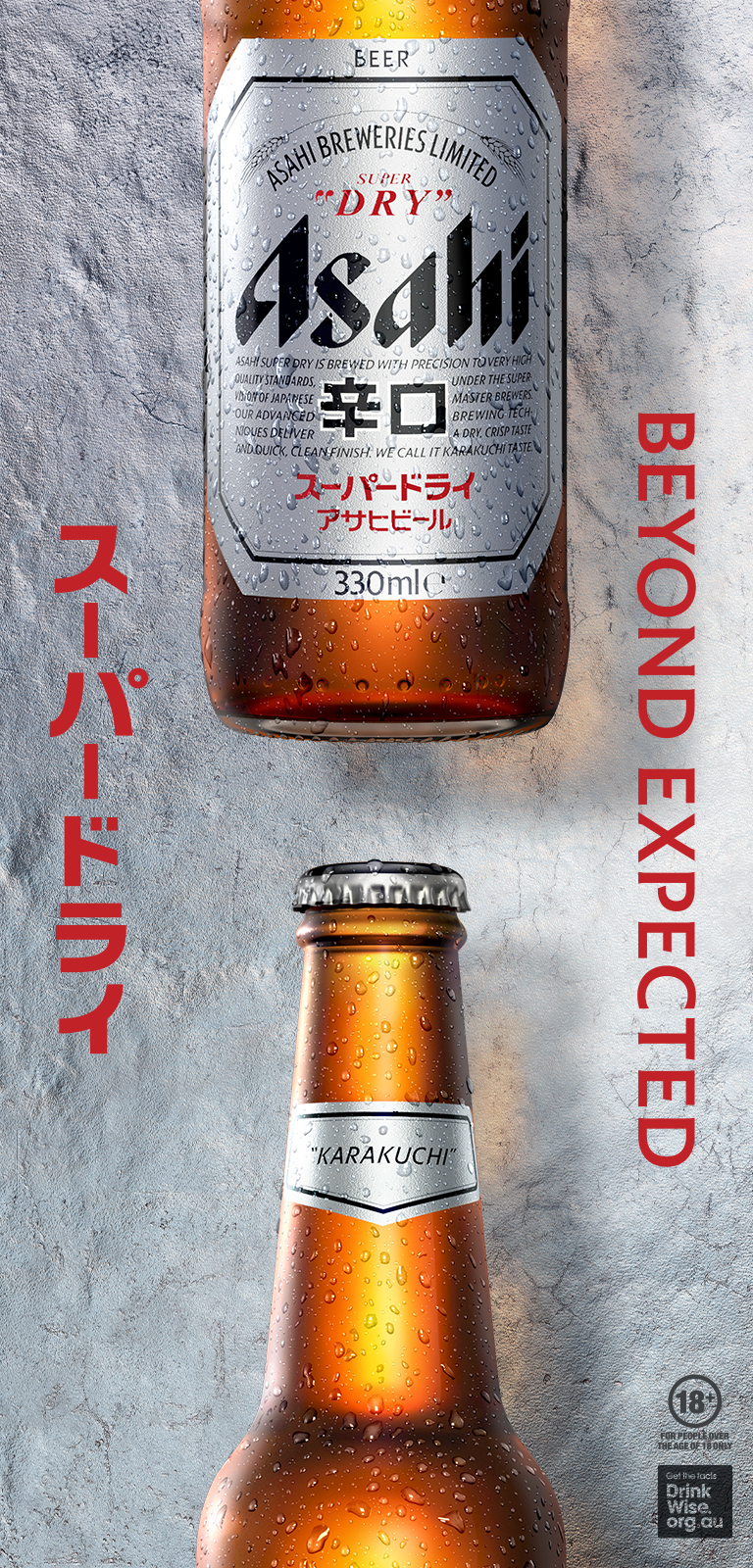Given the recent lifting of tariffs on Australian wine imports into China, exporting wine producers are currently vying to reclaim a portion of what was previously Australia's most important wine export market.
With most industry stakeholders indicating that the Chinese market is unlikely to rebound to how it was pre-tariffs, adapting to accommodate changing preferences amongst Chinese consumers is now more important than ever.
This is especially true given that, in contrast to global trends, China’s e-commerce and direct-to-consumer alcohol market sectors have continued to grow even after the removal of Covid-related restrictions. Currently, 53% of all alcohol buyers in China shop online, more than double that of the second most valuable e-commerce market of Brazil.
On top of that China’s online alcohol sales have a forecasted CAGR growth of +6% up until 2027 whilst e-commerce in most other major markets is expected to contract. Wine is expected to lead China's e-commerce growth with a CAGR of +8%, followed by beer/cider/RTDs at +6% and spirits at +5%.
“Online wine growth is predicted to pick up over the forecast period as the previously ailing category bottoms out and starts to recover,” said Shirley Zhu, Research Director for Greater China, IWSR, in a recent IWSR report.
According to the IWSR, alcohol producers looking to expand into China will need to capitalise on, and adapt to, the evolving on-demand and direct-to-consumer online marketplace arenas, including apps such as iMoutai and baiju.
“In spirits, strong growth seen in 2022, due to the rise of direct-to-consumer baijiu, will soften, but the category will continue to perform well. We expect baijiu companies to likely increase their investment in online channels, now that they’ve seen the results.
“Meanwhile, ecommerce share of beer is likely to rise as more consumers seek convenience.”
China's direct-to-consumer marketplaces are being supported by growth of social commerce channels such as Douyin (TikTok) and Pinduoduo, which are finding appeal amongst legal drinking aged Gen Z consumers. It has mostly been younger legal drinking aged consumers that have contributed to recent alcohol e-commerce growth in China. Also bucking global trends, these younger generation drinkers, and especially millennials, are largely drinking wine.
“At the same time, consumer behaviour is becoming more complex, so brands will need to have a deeper understanding of shoppers, and to meet their needs with the right products and propositions to win in the competitive online space.” said Guy Wolfe, IWSR's Head of Alcohol Ecommerce Insights.
“Brand owners should not be shy about exploring new platforms in the search for growth, as they can rapidly become major drivers in a market where consumers are receptive to new concepts.”
More information and further resources can be accessed at Wine Australia's China Export Market Guide.
Share the content










